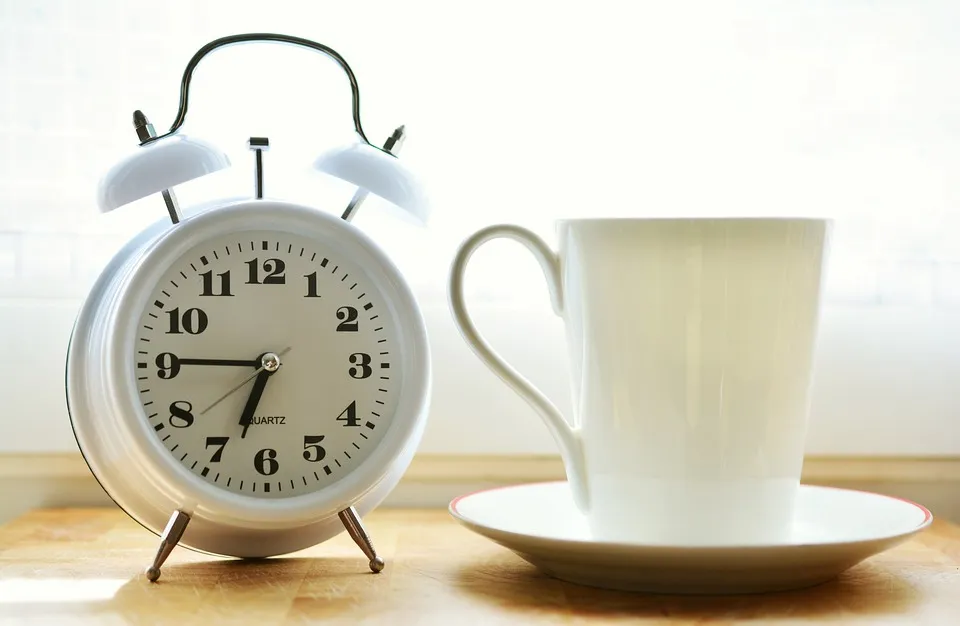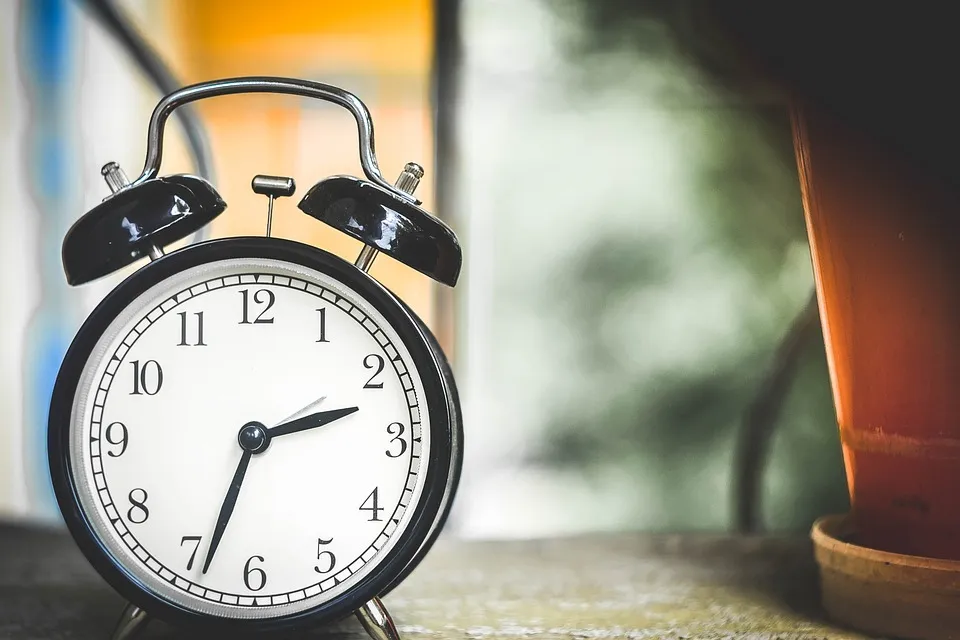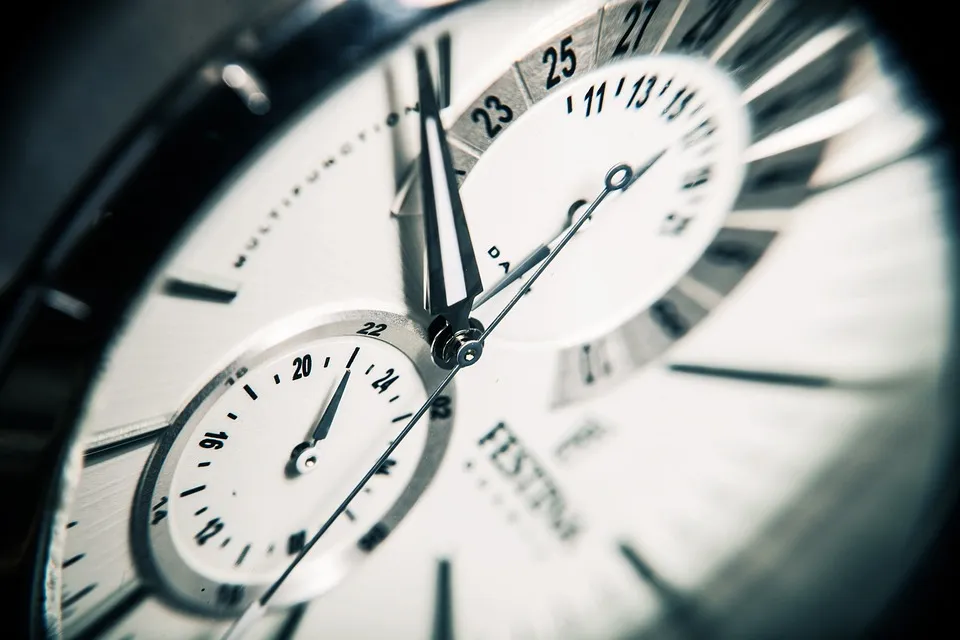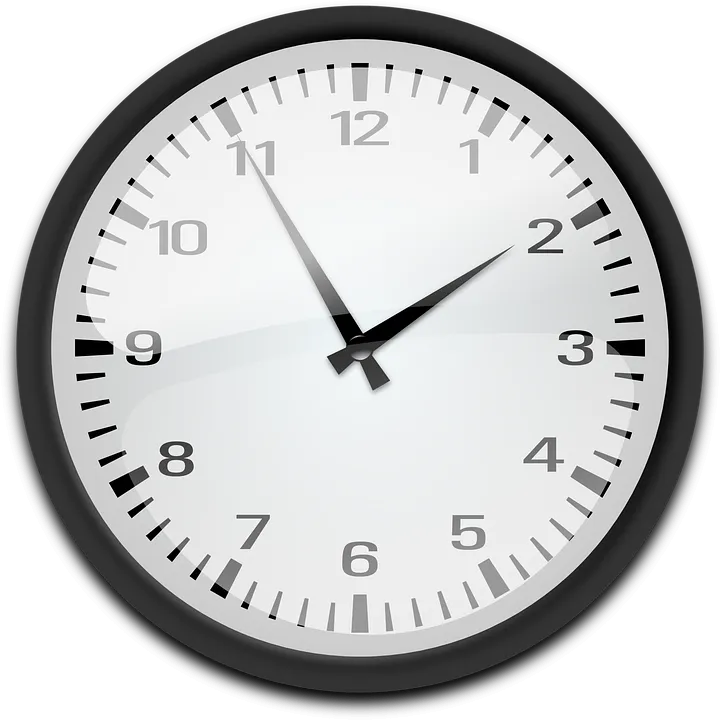Hello there. In this education post, I would like to cover the benefits of telling time. In the last several years, we have seen the emergence of technological developments in gadgets. One of these tech gadgets is the smartwatch. These smartwatches are nice as they conveniently display times in number format. From a learning perspective, being told what the current time is from digital clocks takes away learning opportunities from reading the time from an analog clock.
This post will look at the benefits and learning gains of being able to tell time.
References:
- http://prsync.com/dean-fletcher/the-importance-of-telling-time-in-the-early-years-9794/
- https://www.mathnasium.com/mathblogs/mathblog_posts/view/5480de73-6544-47e9-97d5-75a60a0b8d68

Topics
- Adding By Fives
- Understanding Common Times & Terminology
- Keeping The Brain Active
Adding By Fives
An analog clock is designed such that the clock hand moves clockwise as time passes on. The minute hand on the clock moves to the next minute after 60 seconds. The hour hand gradually moves from one hour to the next hour after 60 minutes. The hour hand does adjust as the minutes in an hour pass by.
The large numbers on an analog clock represents the 12 hours in the morning or evening. Between each the large numbers from 12 to 11 clockwise, there are 4 lines which represent a minute each. The number of minutes from one large number to another in the clockwise direction is 5 minutes.
In the clock picture below the time is 2:34. The minute hand is near the tick line below the large 7. This minute hand is on the 34th minute of the hour. To count 34 minutes, you can count by fives on the large numbers from 12 to 6 to get 30 minutes and then count 4 small tick lines for adding 4 to 30.
Another way is recognize that the minute hand is past the 6 on the left side of the 6. The minute hand past the 6 means 30 minutes at least and then count the 4 tick lines to obtain 30 + 4 = 34 minutes for the hour.

For young students, learning how to tell time is great practice for addition and number sense. Telling time is an early real life application for addition.
Understanding Common Times & Terminology
It is common to have appointments, classes and events start and end on the hour or on a half hour. Sometimes you may have events start and end on a quarter of an hour (E.g. 15 minutes before 7PM, 15 minutes after 10AM).
Visualizing How Much Time Past The Hour Or Until The Next Hour
As a mostly visual learner, I do have a strong bias towards teaching methods that does involve visuals. With smartwatches, all you see is the time in a numeric fashion. You don't really see where the hour hand and the minute hand are oriented. With analog clocks, you get to see where the hour hand is pointed to and also where the minute hand is pointed to. (As a bonus, maybe you could calculate/estimate the angle between the two hands.)
If someone says meet me at 10AM in the morning, the listener should be able to understand or visualize that on a clock the short hour hand is pointing towards 10 and the minute hand is on the 12 to represent 0 minutes.
The time 9:30AM is associated with an analog clock that has the minute hand on the 6 and the hour hand is halfway between the 9 and 10. For the hour hand, it is halfway between 9 and 10 as it represents the half hour.

Keeping The Brain Active
Analog clocks do require more brain power to understand them and apply them. This is good for the brain as the brain is active in telling time along with adding numbers. With digital clocks and smartwatches, the brain is not being put into use as much.
I do think that it is ideal for young children to learn how to tell time from the analog clocks instead of from the digital clocks. Having a child learn how to tell time from digital clocks only is stunting the child's growth. Learning how to use technology is nice as we keep up with the modern world but let's not forget the traditional topics.
